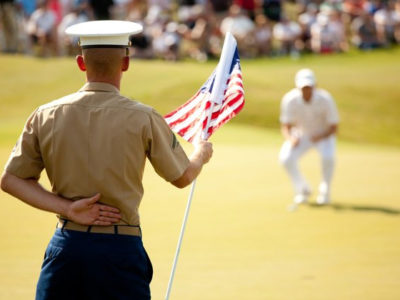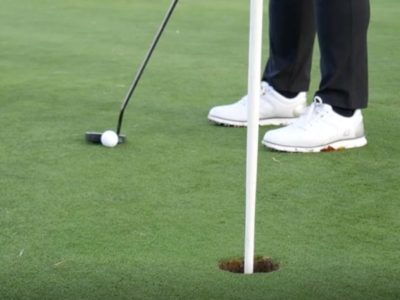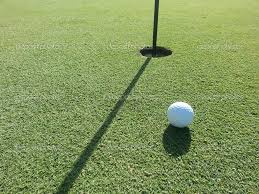By Richard Todd
On the 18th green of the 72nd hole of the 2018 World Golf Championship-HSBC Champions in Shanghai last month, Xander Schauffele’s ball settled on the back edge of the green. Perilously close to a steep embankment that would have allowed the ball to run down into the water surrounding the green.
Next to play was, Justin Rose, Schauffele’s playing partner. Rose’s shot ran across the green and collided into the first ball, sending them both into the water hazard.
In this situation, the rules of golf permit Schauffele’s ball to be replaced where it had originally been before it was moved. Because Rose’s ball had caused the collision, he had to play his ball from the water hazard.
How do the rules impact golf balls that collide in other areas of the course and in different scenarios? The answer lies in knowing where each ball was laying prior to being struck.
-Both balls in the fairway:

USGA Rule 18-5 states when a ball at rest is moved by another ball, there is no penalty to either player and the golfer, whose shot struck the ball at rest plays his ball as it lies and the golfer, whose ball was moved, returns it to its original location.
If the struck ball is not returned to its original location, a two-stroke penalty is assessed. If the golfer, whose ball hit the ball at rest moves his ball, he receives a two-stroke penalty, or loss of hole in match play.
–One ball in the fairway and one on the green:
The same rules apply in this situation, as if both balls were lying on the fairway.
–Both balls on the green before the stroke is made:
For these putts, in stroke play, assess a 2-stroke penalty against the golfer whose stroke caused the collision. The golfer whose ball was at rest when struck is not penalized and his ball should be returned to its original location. This is stated in USGA Rule 19-5a.
–Both balls in the tee-box:
If both you and your playing partner have missed your tee shots so badly that they collide on the tee-box after being struck, you both may want to consider taking a few lessons from a teaching professional.
Should you be uncertain as to where your ball originally lay the rules of golf allow you to use your judgement as to the proper location.
Hopefully, the next time golf balls hit collide on the course, you will know what to do.
For more humorous rules situations and additional help and explanations read, “The Golf Rules” series, from Richard Todd at TheGolfRules.com.










